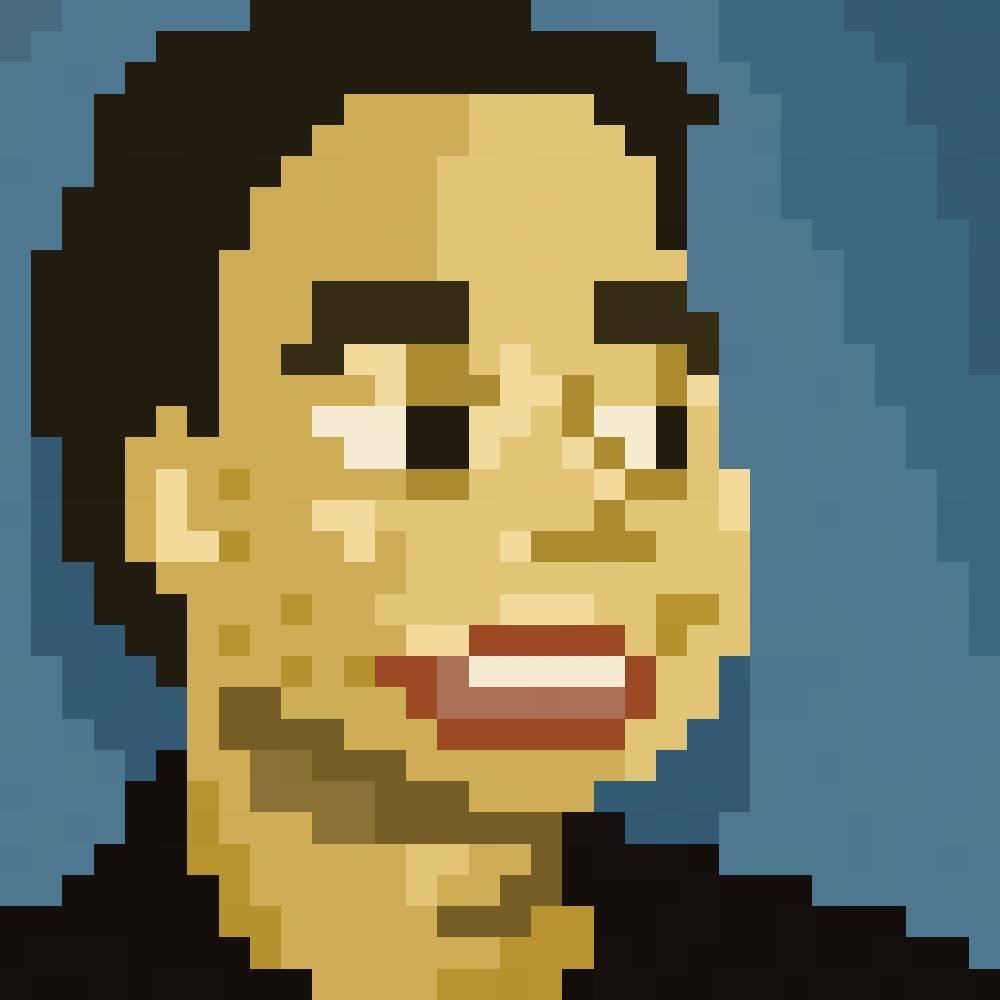Whoops, a little late on this #WeeklyGameMusic. We’ve got an old classic, Search a Seal ~Tethe Alla~, by Motoi Sakuraba and Shinji Tamura. This lavish variation of the dungeon-crawling music comes from the old-school JRPG, Tales of Symphonia: a seemingly innocent-looking Namco Tales Studio game that has a dark and twisted story discussing politics, religion, prejudice, and class struggle.
Welcome to Sylvarant, a fantasy world in decline. In a land where mana — the fundamental element in this universe — is rapidly depleting, humans are dealing with poverty, monsters, and Desians, a group of half-elves that enslaves humans into slave camps. But in a small village of Iselia, there’s hope: the chosen one, Collette, along with her guardians, Raine and Kratos, have just begun the journey of Regeneration. In said journey, the trio will break the five seals in the world to unlock the Tree of Mana, a renewable source of mana to bring prosper to Sylvarant and give humans a winning edge over Desians. Despite this setting, Tales of Symphonia actually follows an outsider, Lloyd, and his friend, Genis, who joins Collette’s party after the two banished from Iselia due to disrupting a neighboring Desian human ranch (and breach the two org’s peace treaty). The duo initially follows the party given they’re already familiar with its members (Lloyd is good friends with Collette, and Raine is Genis’ sister). But as the journey continues, they uncover terrifying secrets that forces them to question everything the party knew.
Tales of Symphonia is a JRPG that uses an (admittedly antiquated) real-time battle system called Linear Motion Battle System. Upon touching a generic monster in the overworld, up to four party members are teleported in battle mode. The playable characters moves towards or away from a monster, similar to 2D fighting games. Attacks are executed similar to Super Smash Bros., i.e. inputting a controller direction and button press at the same time. Naturally, each character specializes in a type of attack (e.g. ground-melee, anti-aerial, offensive magic, support magic, etc.) that enemies are weak to, so having a well-rounded party is important to success. Otherwise, the game’s exploration mode is relatively similar to most JRPG affair: in villages, talk to people; in overworld, just move from point A to point B; and in temples, use items to solve puzzles.
Tales of Symphonia was originally released for the Nintendo Gamecube. It’s been ported to PlayStation 2, PlayStation 3, and PC via Steam.

